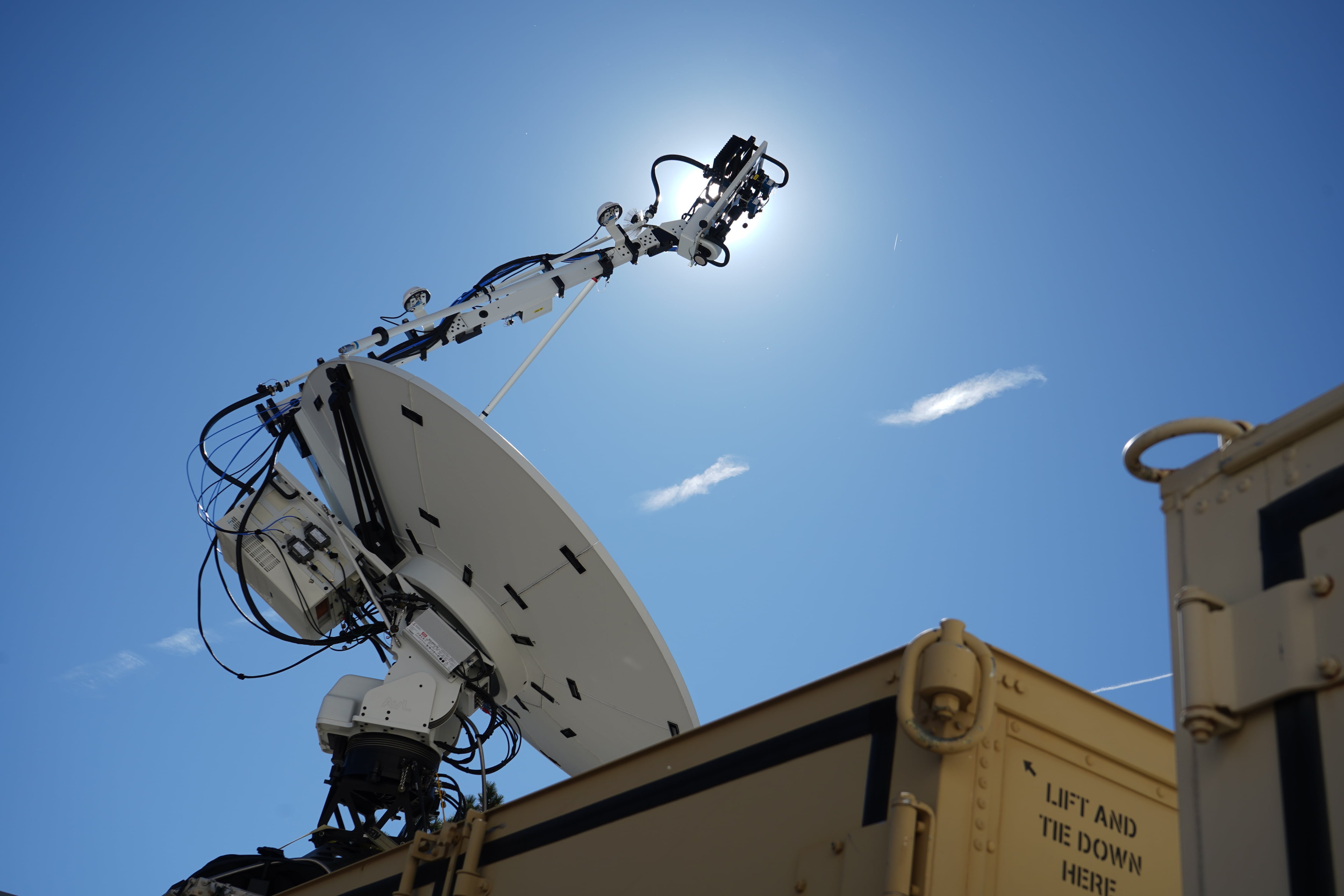WASHINGTON — As part of a broader move to boost the 5G industry in the United States, the Federal Communications Commission on Dec. 8 began auctioning a portion of C-band electromagnetic spectrum, a move the committee’s chairman, Ajit Pai, celebrated as “a big day for American consumers and U.S. leadership in 5G.”
But, in the weeks leading up to the auction, more than a dozen commercial aviation groups warned the sale could, as one study put it, lead to “catastrophic failures” with the potential for “multiple fatalities.”
At the core of the concerns are radar altimeters, a critical piece of aviation technology used by military, commercial and civil aircraft of all types — including helicopters and unmanned aerial systems — to measure the distance between an aircraft and the ground.
The aviation groups worry that 5G operations on the spectrum sold by the FCC could cause interference that would provide inaccurate readings on altimeters or cause their failure outright, in essence leaving pilots unaware of how far they are from the ground and potentially leading to crashes over the United States.
According to a memo obtained by Defense News, those concerns are shared by the head of the Federal Aviation Administration and the number two at the Department of Transportation, who are calling on the FCC to pause the sale so the safety issue can be studied more closely. The FCC, in turn, has said its own technical studies show little to no risk involved and it intends to continue moving forward.
Now, with the auction underway, the Defense Department is scrambling to catch up. The Pentagon has yet to determine the effect on military aircraft and has not established a formal position on the sale, with officials rushing behind the scenes to set up meetings and understand the potential long-term impacts.
A Pentagon official, in response to questions from Defense News, would only say the department’s policy board on federal aviation and aviation cyber initiative task force — an interagency organization led by the FAA — are reviewing reports by industry groups about the risk of 5G interference.
Senior leaders from the Defense Department, Department of Homeland Security, and the aviation cyber initiative plan to meet Dec. 21 “to discuss findings and to establish an interagency way ahead to validate and respond to these reports,” the official stated.
Among those expected to attend are Brig. Gen. Robert Barrie Jr., the official who manages Army aviation assets; Brig. Gen. Eric DeLange, director of the Air Force cyberspace operations and warfighter communications office; and several cyber experts from the FAA and DHS.
Perhaps most notably, Honeywell Industries, a key producer of radar altimeters, has also been invited to discuss possible alternatives to current systems — a sign that the defense industry is taking the issue seriously. Honeywell declined to comment.
If the spectrum sale continues, some experts are warning a best case scenario may be that the department has to spend millions of dollars and thousands of man hours to design, procure and install new radar altimeters across the military’s fleet of airborne systems.
The worst case?
As one senior government official with experience in aviation said, “There will be accidents, property’s going to be destroyed and people are going to die.”
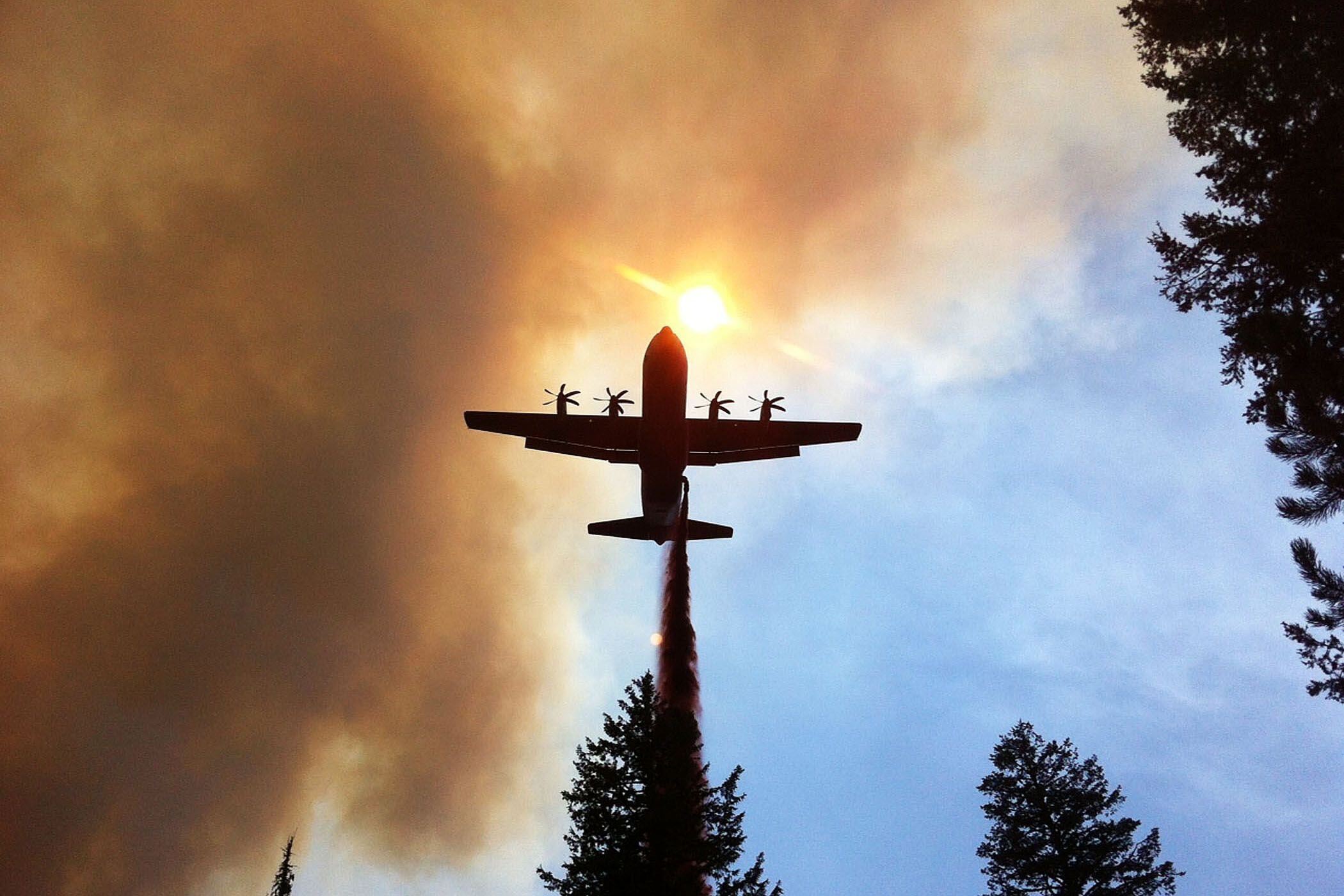
The ongoing dispute
Under the Trump administration, the FCC has focused on the sale of spectrum in order to goose the nascent 5G industry, which administration officials see as a driver for American economic growth. Branded as the 5G FAST Plan, the commission has moved quickly to sell C-band spectrum.
This particular auction involves spectrum in the 3.7–3.98 GHz frequency, with the hope of selling more than 5,000 new flexible-use overlay licenses. Satellite operators using the C-Band have agreed to repack their operations out of the band’s lower 300 megahertz (3.7-4.0 GHz) into the upper 200 megahertz (4.0-4.2 GHz), in two stages. They expect to complete the move in December 2023. As of Dec. 17, more than 50 bidders had reportedly put forth over $15 billion in offers for the spectrum rights.
Currently, the 3.7–3.98 GHz frequency portion of the C-Band is relatively quiet, occupied predominantly by low-powered satellites. For decades, this made the neighboring 4.2-4.4 GHz frequency a perfect place for the operation of radar altimeters, which are also called radio altimeters.
But that frequency may not stay quiet for long. Once 5G telecommunications are introduced in the 3.7-3.98 portion of the band, there is a “major risk” that those systems will create “harmful interference” to radar altimeters, according to an October study from the RTCA, a trade organization that works with the FAA to develop safety standards.
“The results of the study performed clearly indicate that this risk is widespread and has the potential for broad impacts to aviation operations in the United States, including the possibility of catastrophic failures leading to multiple fatalities, in the absence of appropriate mitigations,” the RTCA stated in its report. Research for the report was conducted by the Aerospace Vehicle Systems Institute, a cooperative research organization based out of Texas A&M University.
Radio altimeters are critical during landings, once an aircraft moves below 2,500 feet from the ground. At that point, no other instruments provide an accurate measurement of a plane’s distance from the ground.
RELATED

“It’s so important to have an accurate reading, because if it’s a bad reading it could lead to the airplane doing something you don’t want it to do.” explained Terry McVenes, the RTCA president and chief executive. McVenes is a former Boeing safety executive with 30 years’ experience in the commercial aviation industry.
“If your airplane thought it was 1,000 feet above the ground but was only 50 feet above the ground, well… you could have a problem,” he said.
The trade group filed the report with the FCC in early October, and shortly afterward met with an FCC engineering team. But since then, “We’ve heard nothing back from the FCC, had no other direct interactions with them” outside the official filling process, he said.
The release of the study triggered a last-minute request by 12 trade groups, including the Aerospace Industries Association, which represents military aviation companies, to consider mitigation efforts based on the report. The groups called the findings “the most comprehensive analysis and assessment to date on this subject, based on the best assumptions, parameters, and data… It has been peer reviewed for accuracy and validity and should not be dismissed by the Commission.”
The report has also gained the attention of Steven Bradbury, the acting deputy secretary for transportation, and Steve Dickson, the FAA administrator, who in a Dec. 1 letter obtained by Defense News warned that the spectrum sale could specifically damage both the Terrain Awareness Warning System, a major safety function for aircraft, and Autoland features relied on for pilots when landing a plane.
“Given the scope of the safety risk, and based upon our current knowledge, it is unclear what measures will be necessary to ensure safe operations in the [National Aerospace System], or how long it will take to implement such measures,” the two leaders wrote. “Depending upon the results of further analysis, it may be appropriate to place restrictions on certain types of operations, which would reduce access to core airports in the U.S. and, thus, reduce the capacity and efficiency” of commercial aviation.
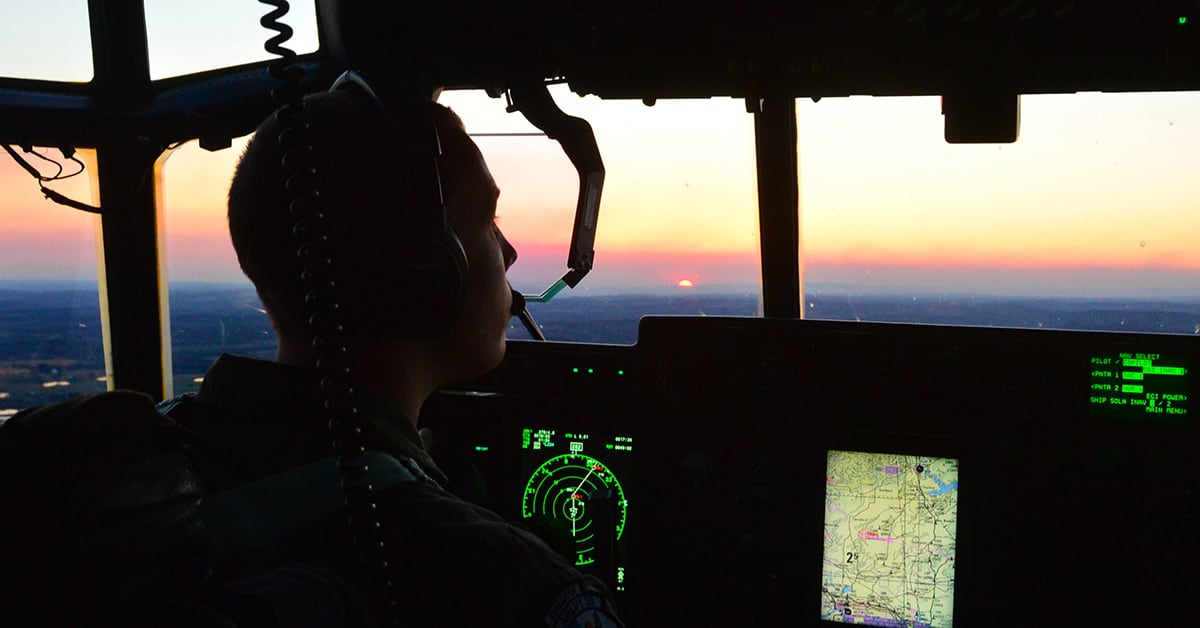
That letter, sent to the National Telecommunications and Information Administration, or NTIA, was requested to be added to the FCC’s public docket. However, the letter has not been posted to the FCC’s public docket as of press time.
The FCC and supporters of expanding 5G argue that the concerns are overblown.
“In the C-Band Order, the Commission concluded that our rules would protect radio altimeters used by aircraft, and we continue to have no reason to believe that 5G operations in the C-Band will cause harmful interference to radio altimeters,” Will Wiquist, a spokesman for the FCC, said in a statement. “Among other things, these altimeters operate with more than 200 megahertz of separation from the C-band spectrum to be auctioned, more protection than is afforded in some other countries.
“Moreover, the RTCA report was prepared outside of the joint aviation/wireless industry group that was set up at the Commission’s request and is not a consensus position of that group. Indeed, at least one other member of that multi-stakeholder group has expressed significant concerns with the study and several of its assumptions, and the Commission’s experts have concerns with this study as well.”
The member group that expressed concerns about the study is the wireless trade association CTIA, which in December filled with the FCC a document that called the findings “lacking and unreliable” and “unsound and unsupported.” Among the specific concerns raised by CTIA were that altimeter requirements used in the report were overly stringent, that it did not break down results by altimeter brand and model, and that the report relied on “unrealistic” scenarios during testing.
McVenes said RTCA is open to conducting the research again if presented with new data to work with, but has yet to see that information from CTIA or the FCC.
Risks to military aviation
Although the RTCA study looked exclusively at civil and commercial aircraft, almost all military aircraft are equipped with radar altimeters that are very similar to their commercial counterparts, said the senior government official. Defense News granted anonymity for this official to speak candidly about the risks to pilot safety.
While radar altimeters made for military aircraft are sometimes built to slightly more stringent requirements — having the ability to function in extremely cold or hot environments, for instance, or to withstand higher gravitational forces — they still reside on the same portion of the spectrum as commercial ones and are vulnerable to the same interference, the senior government official said.
The cargo planes and aerial refueling tankers operated by the Air Force’s Air Mobility Command would be most hindered by the interference produced by 5G due to their similarities to commercial aircraft, said Mike Holmes, a retired Air Force four-star general and former head of Air Combat Command. Holmes reviewed the RTCA report at Defense News’ request.
Many of the Air Force’s mobility assets are either based on commercial passenger jets, such as the Boeing 767-derived KC-46 tanker, or are equipped with commercial off-the-shelf avionics. As such, certain mobility aircraft are approved to conduct landings in bad weather conditions when the pilot has to rely on the aircraft’s instruments — such as the radar altimeter — instead of visual cues.
“You wouldn’t be able to fly that approach if your radar altimeter was being interfered with and you couldn’t get a good signal,” Holmes said. “For the military…you’d probably divert someplace else.”
For tactical aircraft, the bigger concern would be low-level flights over terrain such as mountains. Fighter pilots use their radar altimeters when flying close to the ground to evade enemy radar or surface-to-air threats. However, Holmes noted that not all fighter jets — such as the 1970s era F-15C — have radar altimeters, and that pilots would still be able to rely on visual cues.
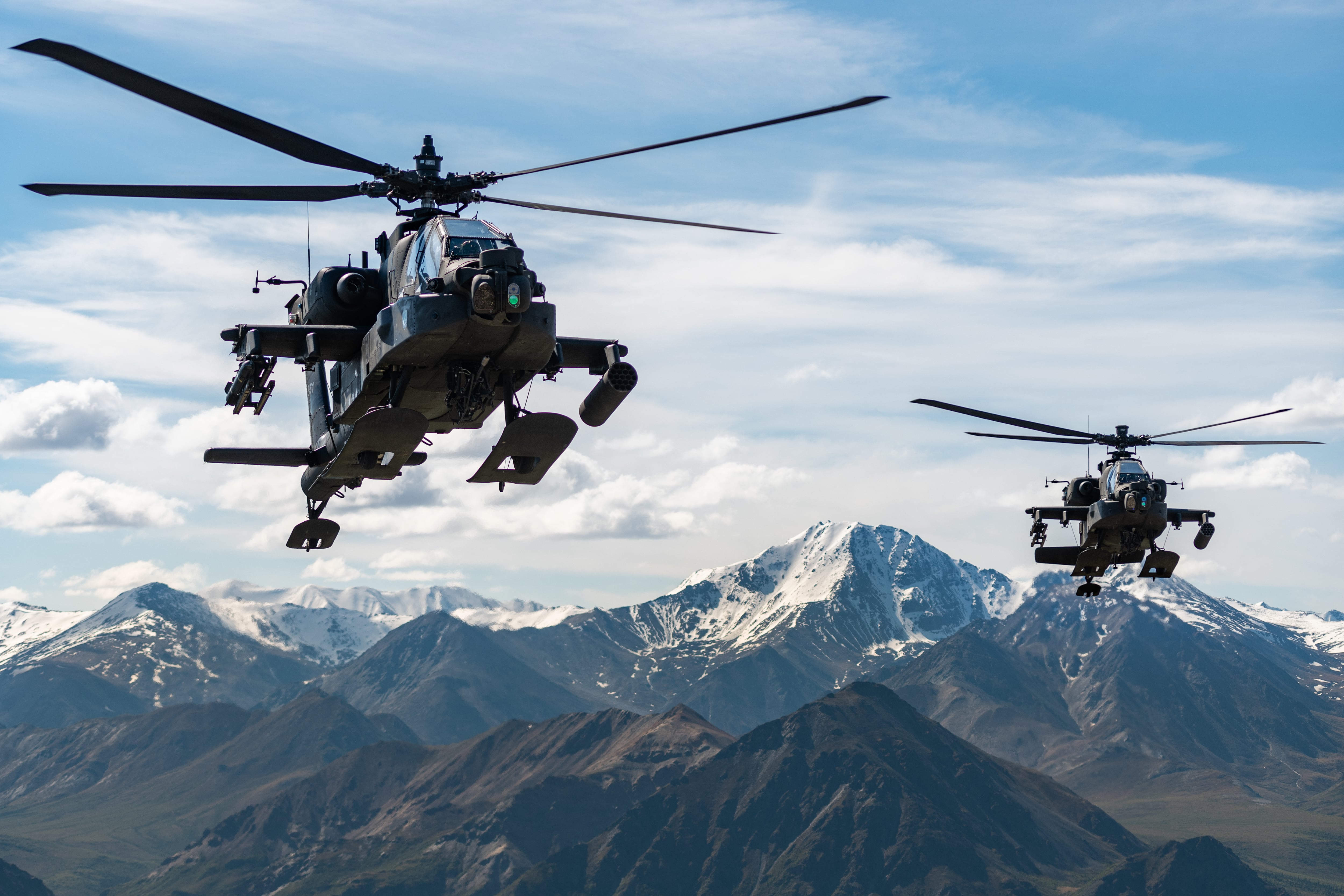
Still, he said, if a radar altimeter is offering faulty information due to interference, that could lull pilots into a false sense of security about how far they are from the ground.
“Part of [the problem] is going to be trying to know whether you’re getting interference or not,” he said.
The senior government official noted that the special operations community could be particularly hurt by 5G interference. Certain aircrews of platforms, such as the C-130 or C-17, receive specific training to fly special operations low level missions, which involve flying close to the ground and inserting or extracting special operators, and those training missions may become more difficult to execute if 5G interference is a problem.
This training “is often executed under the cover of darkness. Depth and obstacle perception can be hindered in darkness due to the human eye’s cell structure,” the official said. “Night vision goggles provide compensation but still limit the pilot’s situational awareness.”
If the sales go through, the military will likely have to modify or replace its altimeters to meet whatever new safety standards the FAA eventually approves to mitigate the risks of 5G interference, Holmes said.
“If you go ahead and give up this part of the spectrum, the interference will drive changes that have to be made either to modify the equipment that is being used for 5G, to modify the equipment that are on airplanes, or to modify the procedures that determine how you use that equipment,” Holmes said.
Replacing or modifying altimeters will take time and funding — two commodities defense experts predict will be in short supply over the coming years — as defense budgets flatten.
In the near term, Holmes projects the services will change their training practices to eliminate any added risk to pilots caused by altimeter interference, such as restricting pilots of certain aircraft from landing in bad weather or ensuring that pilots of fighter aircraft take off with enough fuel so that they can divert to another airport if their radar altimeter no longer works.
In short, the military will have to give up money, time and effectiveness to fix the problem.
“The outcome would be lack of efficiency. You wouldn’t fly [certain] approaches in bad weather. So there would be times you couldn’t go do what you were [planning on] doing, whether that’s moving passengers or cargo in the civilian world or whether that was passengers or cargo in the military,” Holmes said.
“But ultimately, I would think the impact is going to be greater on the commercial airline world than it was on the military world.”
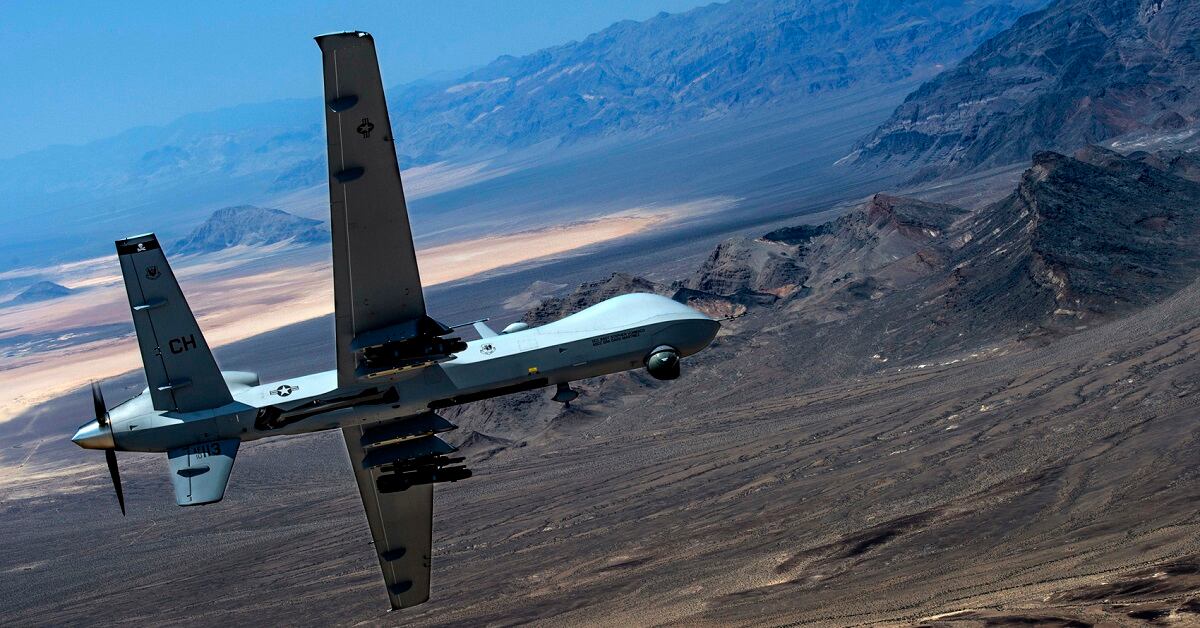
A billion dollar problem
While the satellite operators who currently operate within 3.7-3.98 GHz will receive some proceeds of the sale, allowing them to move to another portion of the spectrum, no funding is set to be given to the civil, commercial and government entities that rely on radar altimeters for safe aerospace operations.
As a result, it is likely that the U.S. military will have to replace “many or most” of the radar altimeters currently onboard its airplanes, helicopters and drones, the senior government official said. And because radar altimeters have all been developed to operate on the same portion of the spectrum, there is no off-the-shelf replacement already on the market for which interference wouldn’t be a concern.
On the commercial side, McVenes said if industry has to replace altimeters across its fleet, a price tag of “several billion dollars is probably on the low estimate.” That price tag could well jump for the military side, given the complexity of work on military systems - it is easier to swap out a part on a commercial plane than a stealth-coated fighter - and the infamous prices of defense procurement.
Meanwhile, the Defense Department could need to invest hundreds of millions of dollars into the engineering work necessary to develop new altimeters, procuring those systems, testing and recertifying each platform for normal operations, and finally, installing the new hardware on potentially hundreds or thousands of aircraft across the military’s inventory.
“It will take many years, if not decades,” the senior government official said.
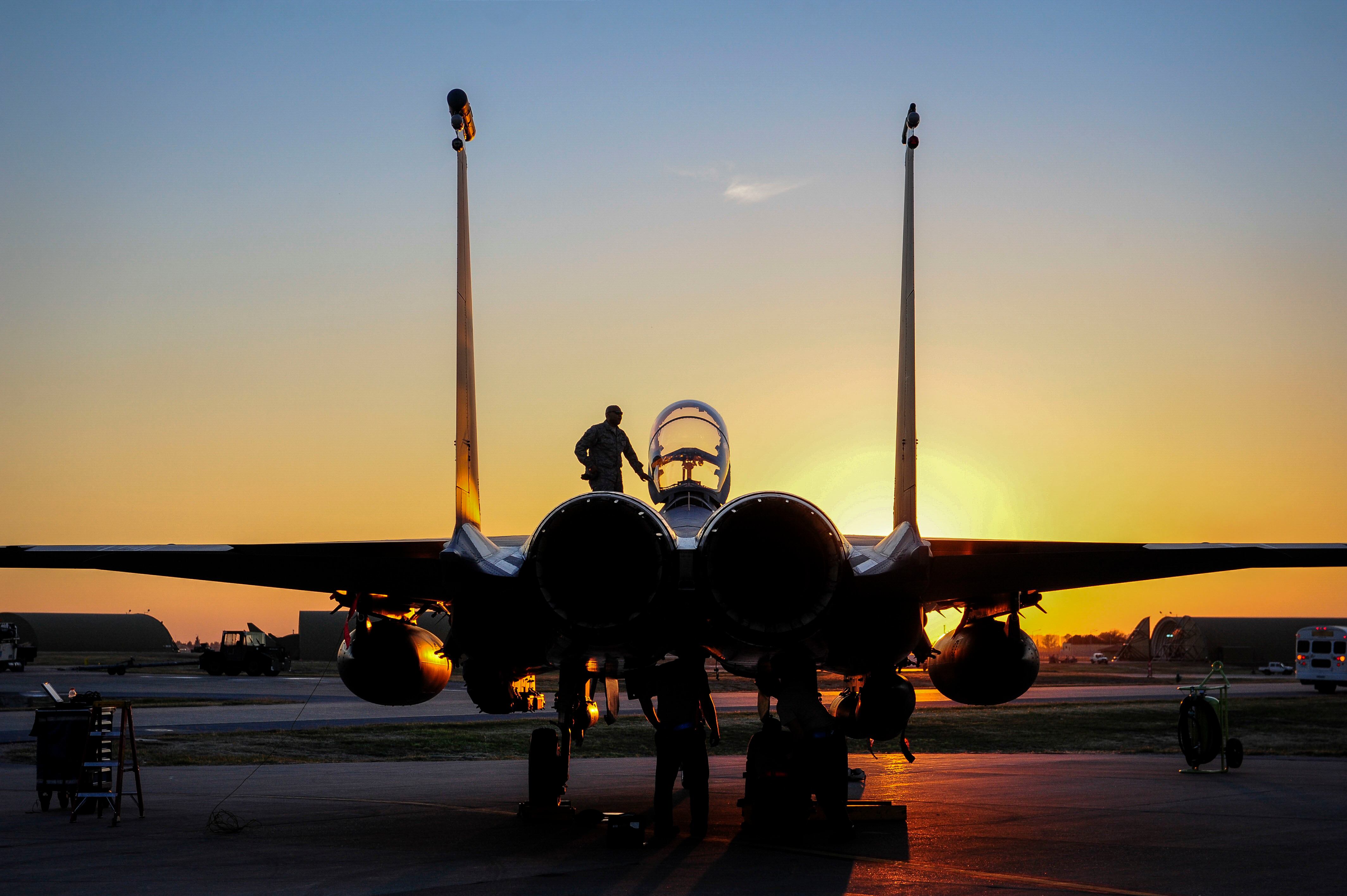
In the two months since the report was released, industry has jockeyed to get more time to study the issue and to put measures in place to mitigate the risks.
In a Nov. 17 letter to the chairmen and ranking members of the Senate Committee on Commerce, Science, and Transportation and the House Committee on Transportation and Infrastructure, the Aerospace Industries Association and 13 other aerospace trade groups implored members of Congress to take action to protect the frequency bands used by radar altimeters.
“We are concerned that without this congressional intervention to understand potential implications and ramifications, decisions will be made with a frightening lack of understanding of aviation requirements,” the groups stated.
Help from Congress seemingly came Dec. 7, when Rep. Peter DeFazio, the Oregon Democrat who leads the House committee, sent a letter to FCC Chairman Pai calling for the commission to postpone the sale.
“These RTCA findings are alarming; they not only align with earlier research identifying harmful effects of 5G networks to radio altimeters, but they reflect a clear need for the FCC to return to the drawing board with this premature plan,” he wrote. “There is no question that additional study is needed to understand the full extent and severity of 5G interference with radio altimeters and whether any mitigations are feasible — or even possible — to ensure flight safety.
“We must never take a chance with aviation safety — and at no point should commercial interests be placed above it.”
A day later, the FCC pressed forward with the auction.
Valerie Insinna is the air warfare reporter for Defense News. Aaron Mehta is deputy editor and senior Pentagon correspondent for Defense News.

